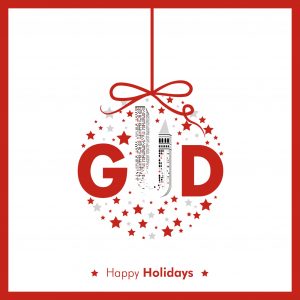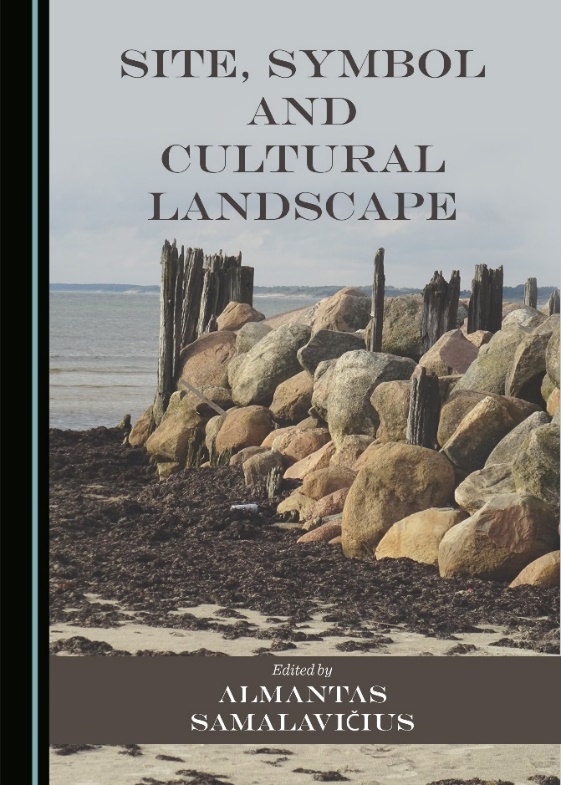
Abstract This volume explores the relationship between sites, architectural symbols and cultural landscapes, and discusses a variety of issues related to the central themes of the book, providing insights into the history, as well as the present development, of cultural landscapes. Contributors to this book—architects, architectural historians and theorists—reconsider the notion of genius loci and …
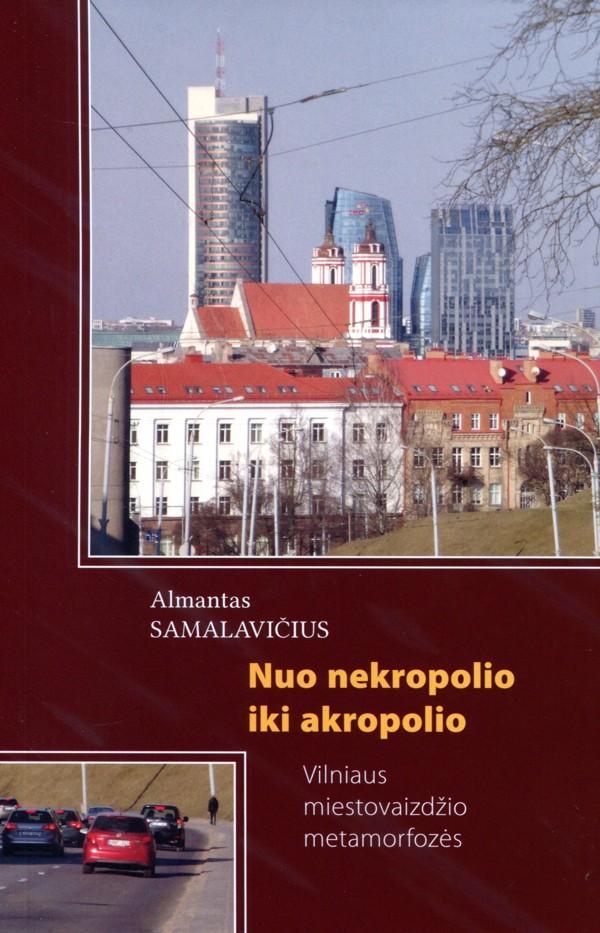
Abstract The volume explores changes in the cityscape of Lithuania’s capital city, Vilnius. The author analyses various aspects of cityscape as well as he situation of public spaces in Vilnius. It covers water culture in Vilnius and discusses many aspects related to the transformation of cityscape and city’s public areas.
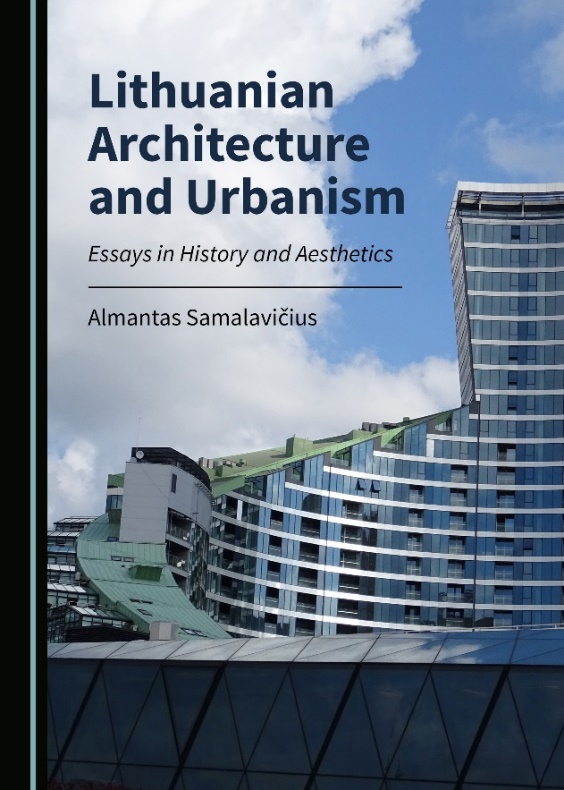
Abstract This volume brings together essays focused on Lithuania’s architectural and urban legacy, as well as recent developments since 1990, when the country said a firm farewell to the era of dependence and the Soviet communist regime. Nevertheless, as the book argues, the legacy of the past still dominates due to an uncritical adoption of …
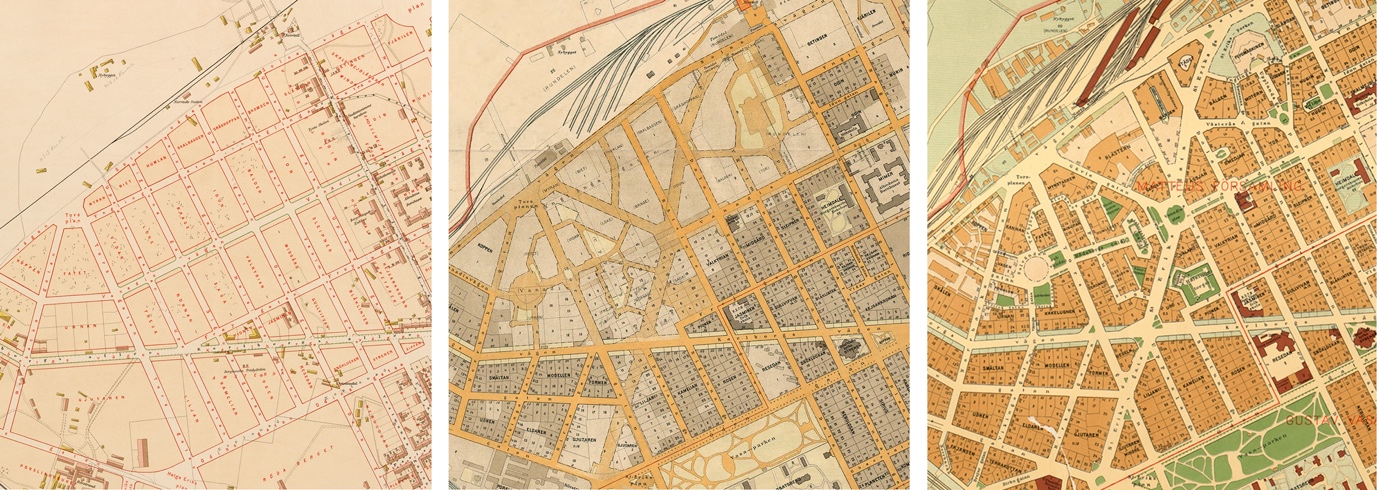
Image Credits: @ Stockholm Stadsarkivet (1885, 1909, 1930) Abstract On the rocky peaks of the hilly area in north-western outskirts Stockholm, more than forty architects gave their contribution to approximately 2,500 dwelling units comprising the neighbourhood so-called Rödabergsområdet, which corresponds to one of the longest-pondered and biggest housing plans of the 1910s and 1920s, although …
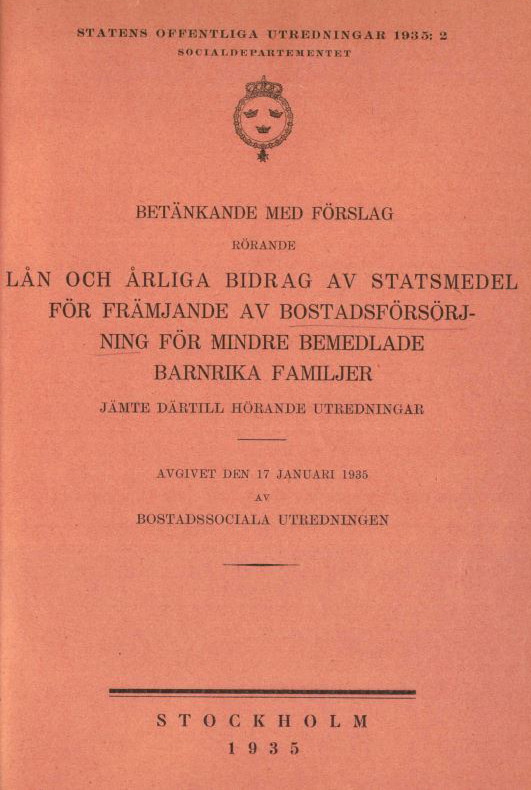
Abstract This article considers selective transfers of knowledge between Swedish and German architects and urban planners from the early 1930s to the mid-1940s. It contextualizes such transfers with regard to transnational practices of social engineering in this period. By analysing mutual observations by protagonists working in institutions such as the DAF Reichsheimstättenamt or the Swedish …

Fig 1. Sketches by Le Corbusier in the Casa di Sallustio, Pompeii. Abstract Ancient texts have been traditionally cited as documentary evidence while interpreting ancient Roman wall paintings. Although these frescoes have a very close relationship with architecture, this character has been totally neglected because of the influence of the ancient authors. In the beginning …
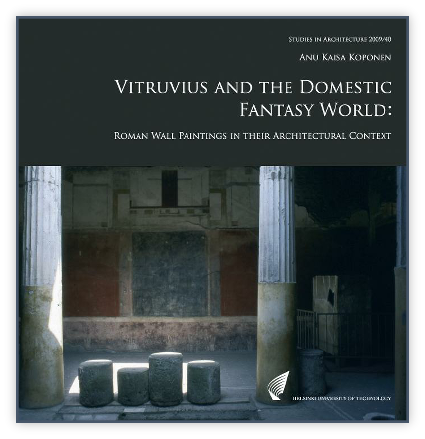
Abstract The doctoral thesis, Vitruvius and the Domestic FantasyWorld: Roman Wall Paintings in their Architectural Context is a survey of the relationship between ancient Roman texts discussing wall paintings and actual visual evidence. In order to avoid the misleading chronological allusions of the four wall painting styles put forward by August Mau in 1882, this …
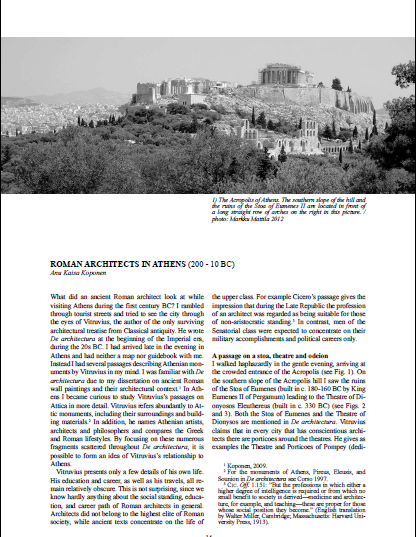
Abstract This article discusses a reciprocal relationship between ancient Greek and Roman architecture and architects during the Hellenistic and early Augustan era. In contrast to traditional view, according to which Roman architectural ideas were based on ancient Greek architecture, this article points out more complex network of influences moving around the Mediterranean in many directions. …
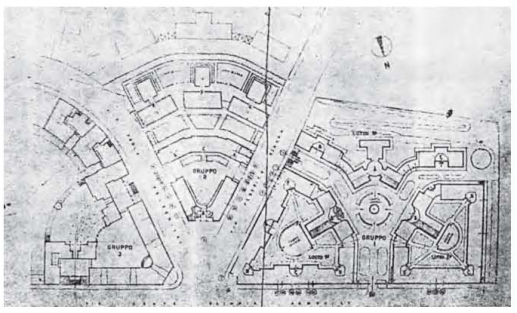
Abstract This study describes the rise of the biggest social habitation quarter in Rome from the 1920s to the 1950s. The first phase (Via Donna Olimpia 30) was designed by architect Innocenzo Sabbatini and it was not aimed at only to the lower middle-class (popolari) but for the first time also for the poor (popolarissime) …

Abstract Default contentThis article focuses on cult images of Egyptian deities painted in a Pompeian domestic context. It is part of my statistical study of all Egyptian motifs of Pompeian wall paintings in their architectural in the urban texture of the city. I will present systematically and contextually the Pompeian evidence of painted Egyptianizing imagery …










